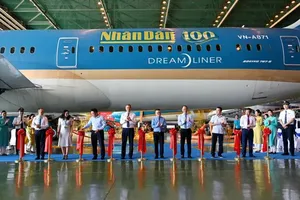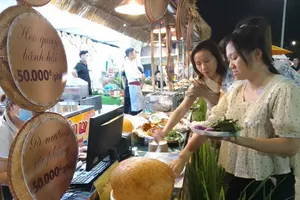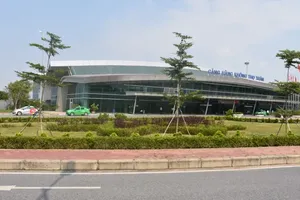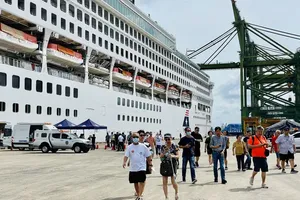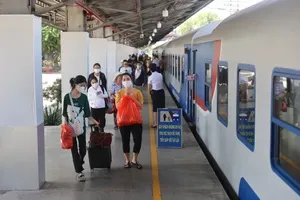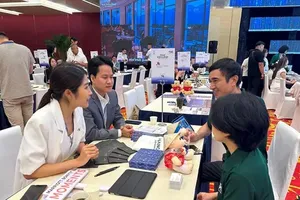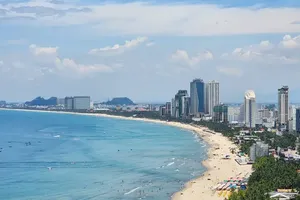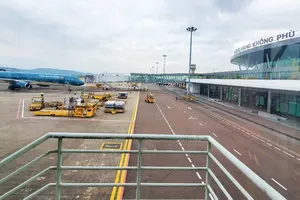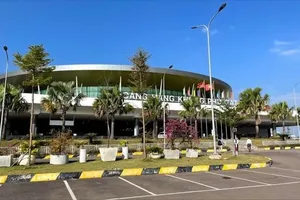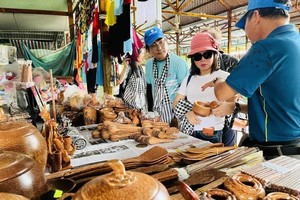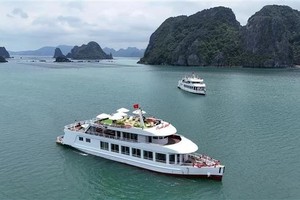Da Lat has been Vietnam’s best known retreat for more than a century, and at the heart of its attraction are French villas.
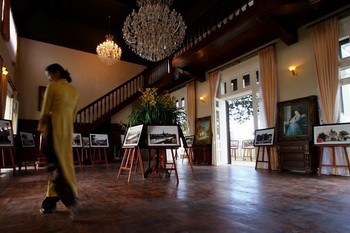
However this architectural heritage was ignored for a long time as the nation was forced to engage in protracted warfare against imperialistic forces and had fallen into a state of disrepair.
Waking up somewhat belatedly to their historical and architectural value as well as their tourism potential, authorities in the Central Highlands province of Lam Dong initiated efforts to restore them.
But this was not an easy task.
For instance, the investment proposal for upgrading a prominent cluster of villas on what used to be called the “French Street” – Tran Hung Dao – made by the Da Lat Resort Incorporation (DRI), failed to attract any real interest. The reasons cited were the large scale of the project and slow turnover, as also the lack of people who were passionate about it.
The project was eventually taken over by HCMC-based information technology firm CADASA, which won a contract for restoring 13 villas and using them for 50 years.
The investor had several things to consider in implementing project. The basic structure of the villas was safe, but other aspects were seriously damaged. The biggest challenge was to restore them to their original glory while introducing modern amenities that an upscale resort would have.
Originally, each villa had a few rooms with just one toilet on each floor. Each had a fence of its own and sported simple garden designs. It took the company and the French architects they hired (with expertise in designing old houses) nine months to complete designs for the restoration.
The construction also met with various difficulties, from selecting the right materials to make the villas as comfortable as modern resorts while preserving their old beauty. Some of the special materials like bricks and wood were purchased directly from the manufacturer.
Human resources and financial problems dogged the project. As a result, the project, which started in April 2006 and was expected to be completed in two years, took an extra year to do. Construction was basically completed late last year.
Some highlights of the restoration have been shared by the investors, particularly Villa 22 and Villa 4. Villa 22, which used to be the private residence of the Resident Superior (in North Vietnam, under French domination) with a total area of 1,500 square meters, has a lot of new facilities after the upgrade. Its warehouse has become a wine cellar, the windows widened for more spatial connection between the bedroom and the flower garden outside. Villa 4 has been renovated to become an elegant classical European restaurant.
CADASA General Manager Nguyen The Hung said: “For us, the restoration of these villas is a responsibility towards the country. We had to do it with all our hearts and minds, paying heed not only to its original exteriors, but reviving their inner soul. It was such a big pressure.”
The cluster originally had 16 villas, but two were demolished and the company is planning to construct two new ones in the old style in their place.
The villas were first built in the 1930s by Paul Veysseyre, beginning with Villa 16 that was his personal residence. The fourteen remaining ones, designed by Veysseyre, were completed in 1934 amidst a pine forest.
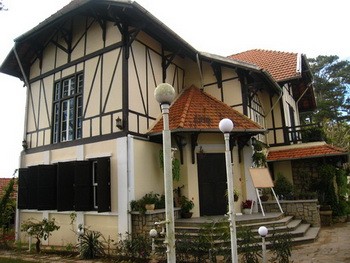
Visitors can easily recognize that the investor has succeeded in their aim of retaining the original feel of the villas. The lawns now have natural grass and care has been taken to ensure that the flora is native to the region. One can leave a villa, walk along a path in a small pine forest, and enjoy the fresh air and fragrance of wild flowers before arriving at another villa.
Asked how CADASA was able to beat a wealthy US-based corporation in its bid for the project, Hung smilingly answered: “Mostly our love for the country and national pride. We did not want to loose the ownership of these beautiful houses to the hands of the foreigners again. We want to return these houses to our people.”
He explained further: “This simply means the houses will be open to the public like a museum where people can first hand experience its cultural and historical values.
“CADASA will also host some public events like presentations by scientists and economists proposing solutions needed for the city, including biotechnology for agriculture development, human resources training for tourism and preservation of the cultures of Central Highlands.”
At the grand re-opening ceremony, the company organized a photo exhibition on Hanoi and Da Lat in the past and a painting exhibition of the works of Le Ba Dang and other local painters.
Historian Prof. Duong Trung Quoc, a member of the Cultural Heritage Association of Vietnam, highly complimented the renovation: “Despite the difference in time, the everlasting human values that the villa village on Tran Hung Dao Street reflects must be on our preservation list. We also need to add it to our heritage possessions.”
The investors have more lofty aims for the village. They expect to build an institute for research and training for the post-graduate students, that meets international standards.
One end product of this, hopefully, will be the development of human resources with the skills and knowledge to preserve the beauty and integrity of the villas in Da Lat.
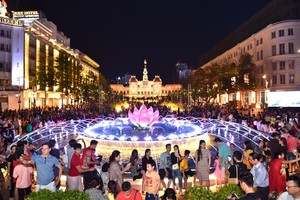


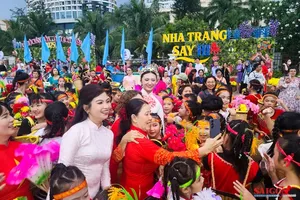
)
